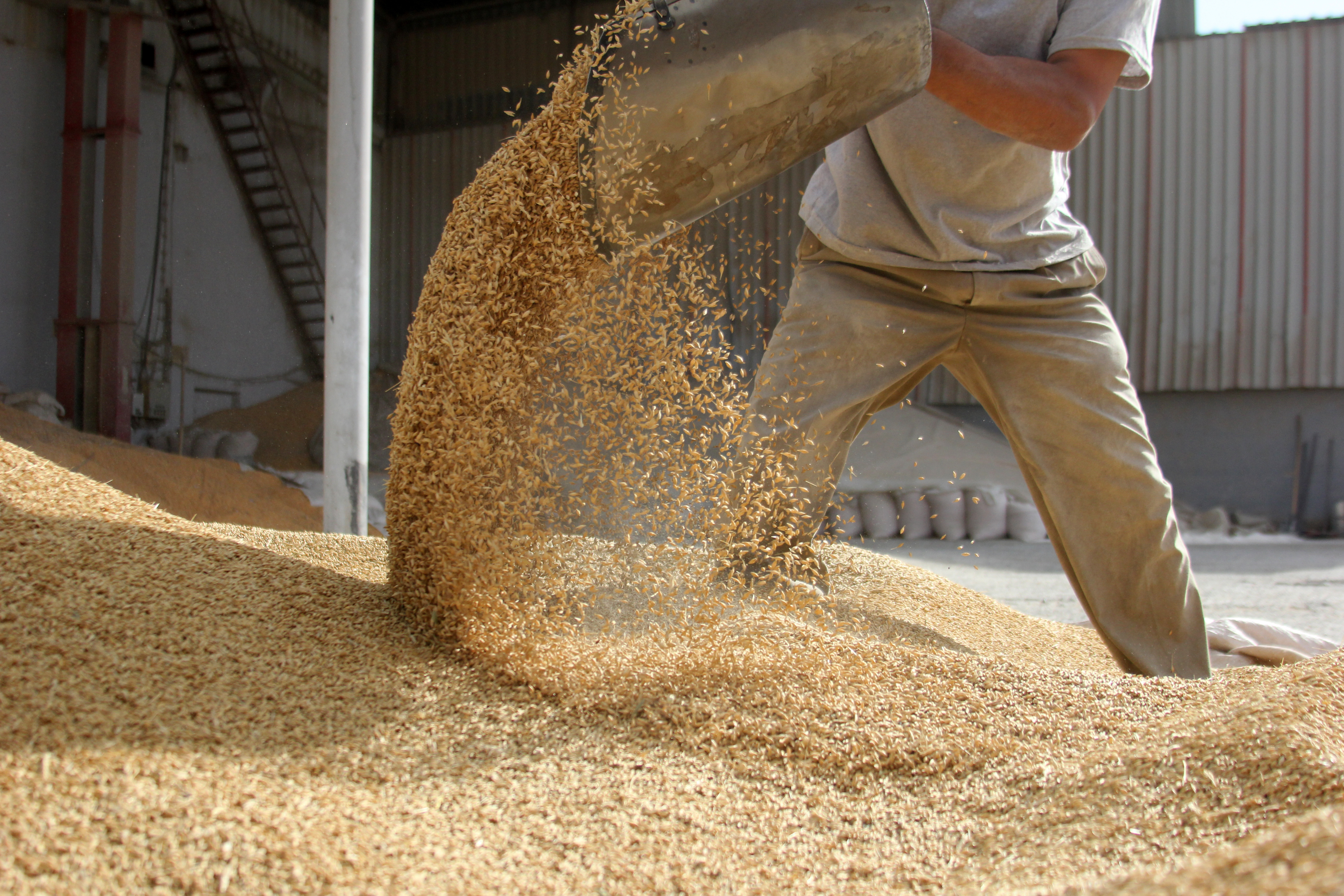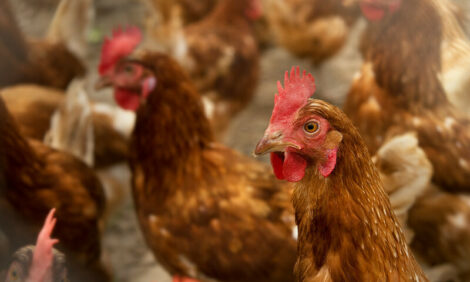



EU publishes short-term agriculture outlook
The European Union's most recent short-term economic outlook identifies good production prospects across multiple agriculture sectors, with huge boost coming from reopening food service businesses.Many uncertainties remain around the scale of the impact of the coronavirus crisis and the economic recovery. Nonetheless the food supply chain has proven resilient throughout the crisis. With lockdown measures being progressively lifted all over Europe, demand in particular for restaurants, bars and cafés should pick up, although not back to 2019 levels in the short run due to reduced households’ purchasing power. Prices are also picking up as a consequence.
As noted in the spring edition of this short-term outlook, the COVID-19 outbreak and related measures taken by Member States created a demand shock rather than a supply one. This is reflected in the good production prospects for various sectors such as dairy, sugar, pigmeat, olive oil, wine and tomato. Exports perspectives remain good overall.


The latest short-term outlook report for EU agricultural markets, published on 6 July 2020 by the European Commission, presents a more detailed overview of the latest trends and further prospects for each agri-food sector.
Arable crops
For 2020/21, EU cereal production is forecasted at 286.3 million tonnes, a decrease of 2.7 percent compared to 2019/20, but still 1.7 percent above the 5-year average. This is explained by a lower acreage of winter cereals but also dry conditions during crop development, especially for wheat.
Rainfalls in late May and June relieved pressure on summer crops. Cereal EU consumption is estimated to decrease by 0.6 percent in 2019/20 mainly due to a reduced demand from bakeries and food service, as a consequence of lockdown measures. However this reduced demand should not last, with a regrowth expected in 2020/21.
Regarding oilseeds and protein crops, in 2020/21 rapeseed production should be at a similar level than in 2019/20 with 15.4 million t. Sunflower production is due to reach 10.4 million tonnes, a 3.7 percent increase compared to 2019/20. Production of soya beans and protein crops should also increase, to reach 2.8 million tonnes and 4.5 million tonnes respectively. A slight decline in crushing volumes in 2020/21 is foreseen with a stable protein meal demand and an expected slow recovery of vegetable oils use.
2020/21 sugar production is due to stay at the same level as in 2019/20, despite a 3 percent decrease in sugar beet area. Lower demand for ethanol and lower sales in food service are expected to result in lower EU consumption of sugar in 2019/20.


Meat
Beef production is expected to decline by 1.7 percent in 2020. This would be the consequence of reduced demand from food service due to lockdown measures, as well as limited supply due to smaller herds and early slaughtering at lower weights because of lower availability of feed during the dry spring.
Poultry production is due to decline by 2 percent in 2020, with the sector promptly adapting to the lower demand and lower prices (particularly affecting poultry meat other than chicken - ducks, guinea fowls, pigeons or quails). Market uncertainties, including in terms of exports, also explain this decrease.
Pigmeat production should increase slightly in 2020 by 0.5 percent, supported by favourable prices, return of consumer demand, solid export prospects mainly to China and recent investments in the sector.
Finally, in 2020, sheep and goat meat production is expected to decline by 1.5 percent due to the drop in demand from food service and home consumption especially during Easter and Ramadan celebrations, and supply shortages due to logistical issues.
Overall, the reduction in consumer demand during lockdown, as well as limited EU availability not compensated by imports will lead to a decrease in meat consumption by 2.5 percent to 65.4 kg per capita in 2020.












